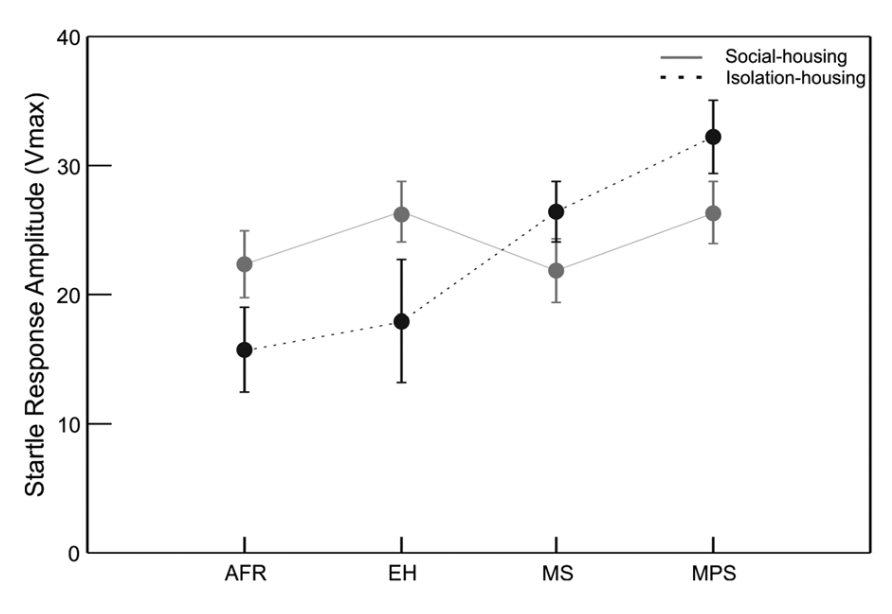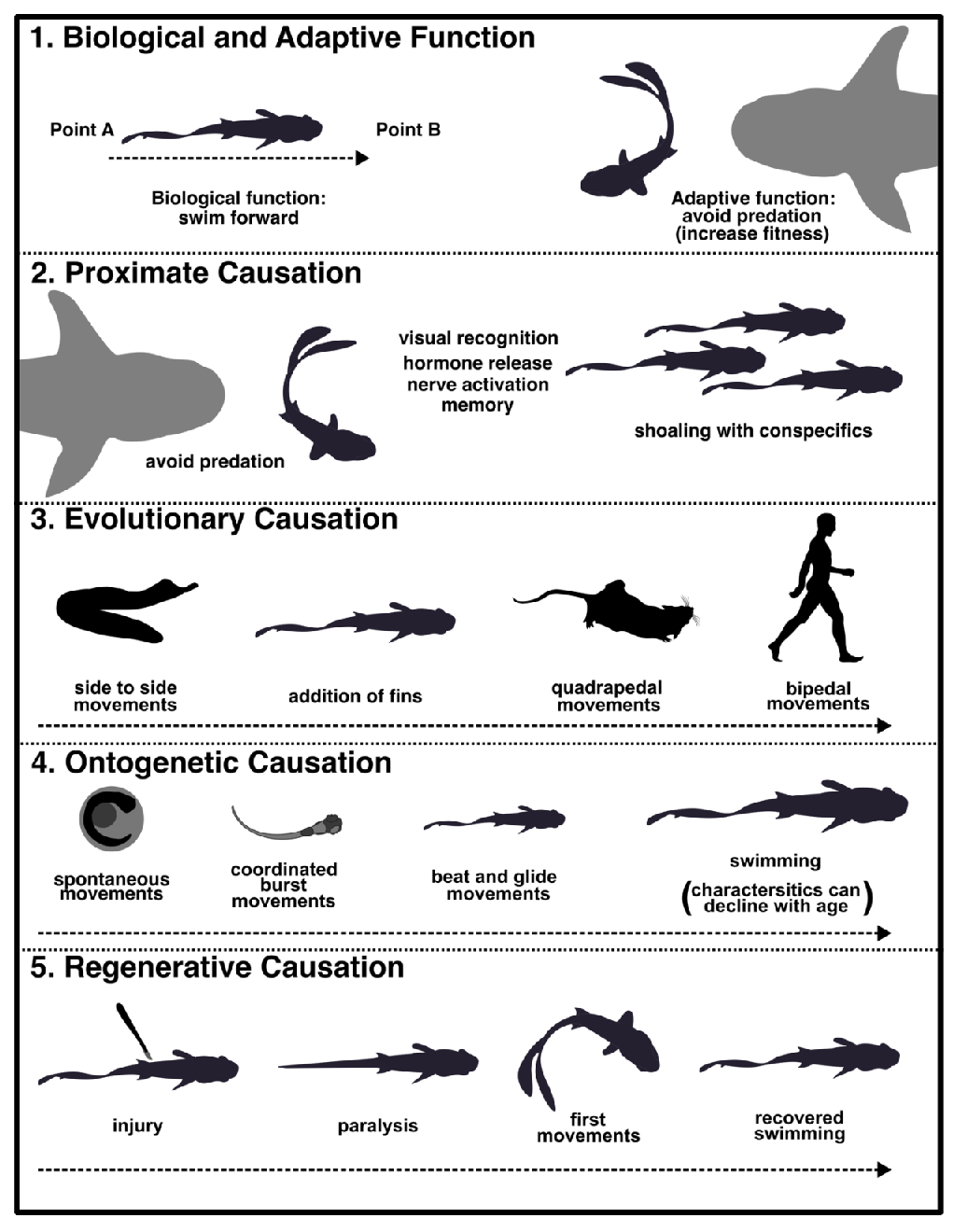All Publications
*denotes students supervised by Dr. Varholick
Peer-Reviewed Articles
Tissue Regeneration, Phenotypic Variability, and Animal Behavior
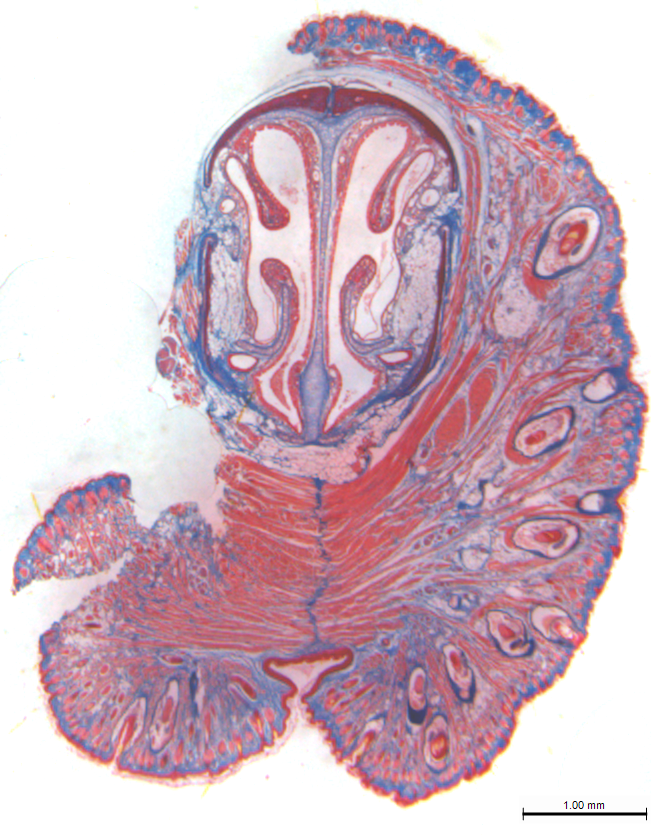
Spiny mice (Acomys) regenerate wounded whisker pad skin with whisker follicles, muscles, and targeted innervation.
Varholick, J.A., *Kondapaneni, R., Maden, M. (2025). npj Regenerative Medicine, 10:28
This is the first study to demonstrate that spiny mice can regenerate their whisker follicles and the associated structures after removal. Starting a new model system for studying cutaneous nerve regeneration.
PDF, DOI Link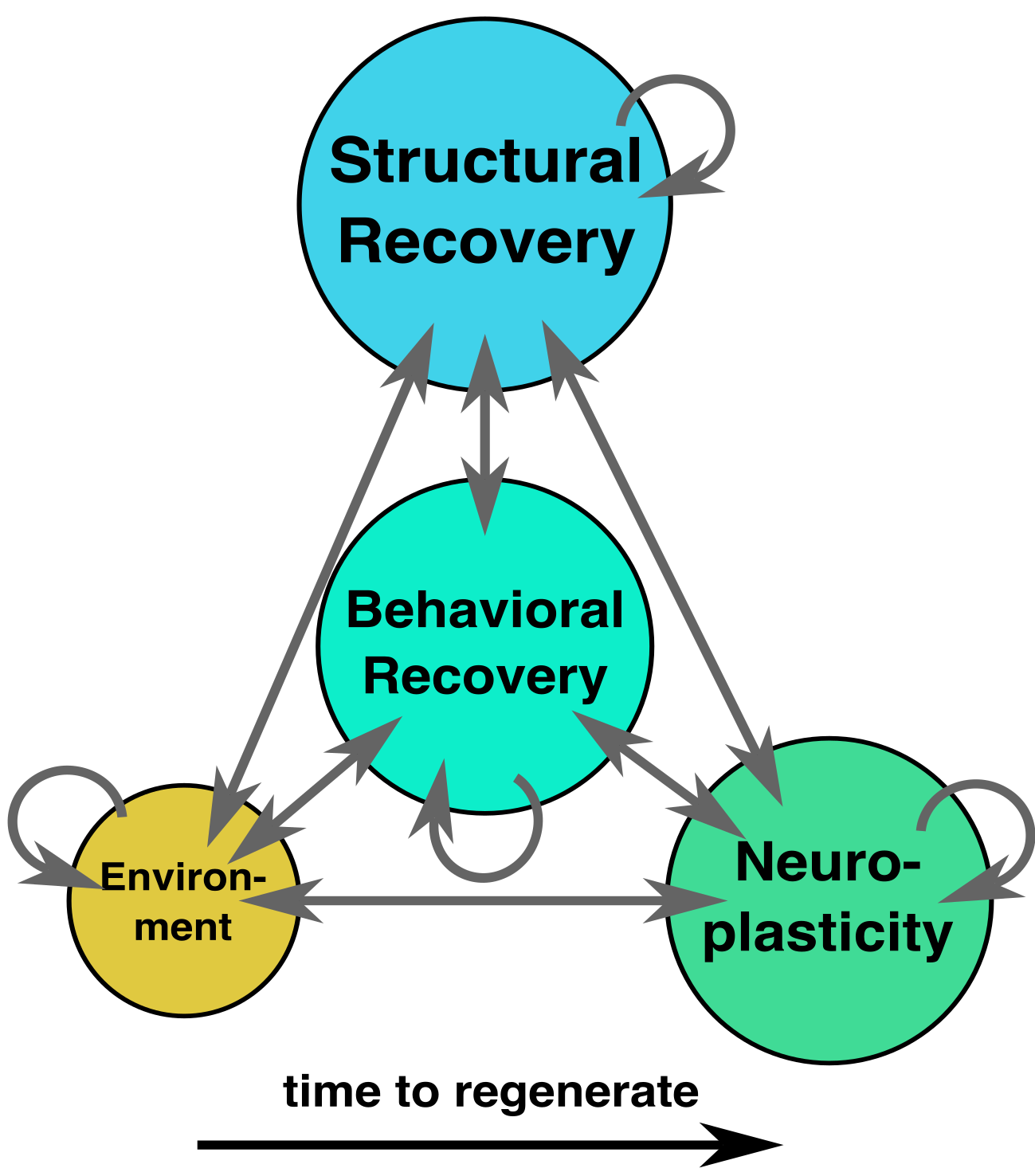
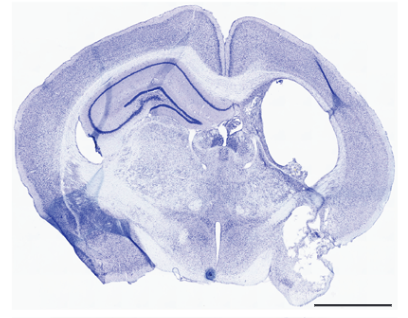
Stroke-induced neuroplasticity in the spiny mouse, Acomys cahirinus.
*Kidd, B.M., Varholick, J.A., *Tuyn, D.M., Kamat, P.K., Simon, Z.D., Liu, L., Meckler, M.P., Pompilus, M., Bubenik, J.L., Davenport, M.L., Carter, H.A., Grudny, M.M., Barbazuk, W.B., Doré, S., Febo, M., Candelario-Jalil, E., Maden, M., Swanson, M.S. (2024). npj Regenerative Medicine 9, 41.
After a severe stroke, spiny mice couldn't regenerate their brain, but they fully recovered behaviors within 48 hours. We collaborated on behavioral ethograms and assisted with MRI scans for this project.
PDF, DOI Link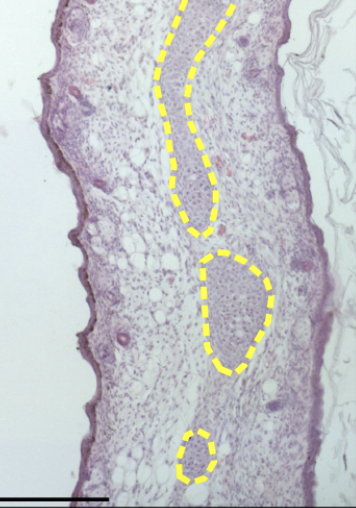
Older 6-9-month-old spiny mice (Acomys cahirinus) have delayed and spatially heterogeneous ear wound regeneration.
Varholick, J.A., *Thermolice, J., *Godinez, G., *Dos Santos, V., *Kondapaneni, R., Maden, M. (2024). Biology Open, 13 (10): bio060565.
Some previous studies showed spiny mice regenrate slower in old age, here we found that regeneration speed quickly decreases within the first year of life, associated with a reduction in regeneration quality.
PDF, DOI Link, First Author Interview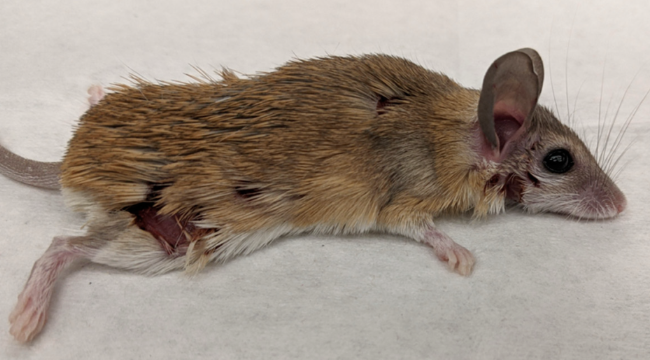
Bite wounds and dominance structures in male and female African spiny mice (Acomys cahirinus): Implications for animal welfare and the generalizability of results.
Varholick, J.A., *Godinez, G., *Jenkins, A., *Mobin, S., Maden, M. (2023). Animals, 14 (1), 64.
Weak skin and frequent fighting can lead to worrisome bite wounds in spiny mice. We determined that most animals will have a bite wound in their lifetime despite having stable dominance structures.
PDF, DOI Link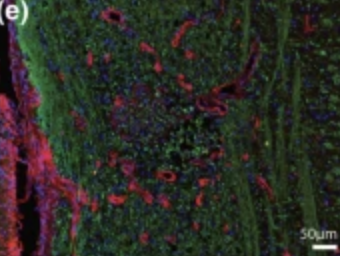
Spiny Mouse (Acomys): As an emerging research organism for regenerative medicine with applications beyond the skin.
Gaire, J., Varholick, J.A., Rana, S., Sunshine, M.D., Ahmad, A.S., Chan, K.M., Allen, K., Doré, S., Fuller, D.D., Maden, M., Simmons, C. (2021). npj Regenerative Medicine, 6(1), 1-6.
An overview of regeneration studies in spiny mice to acquaint translational researchers to this model organism.
PDF, DOI Link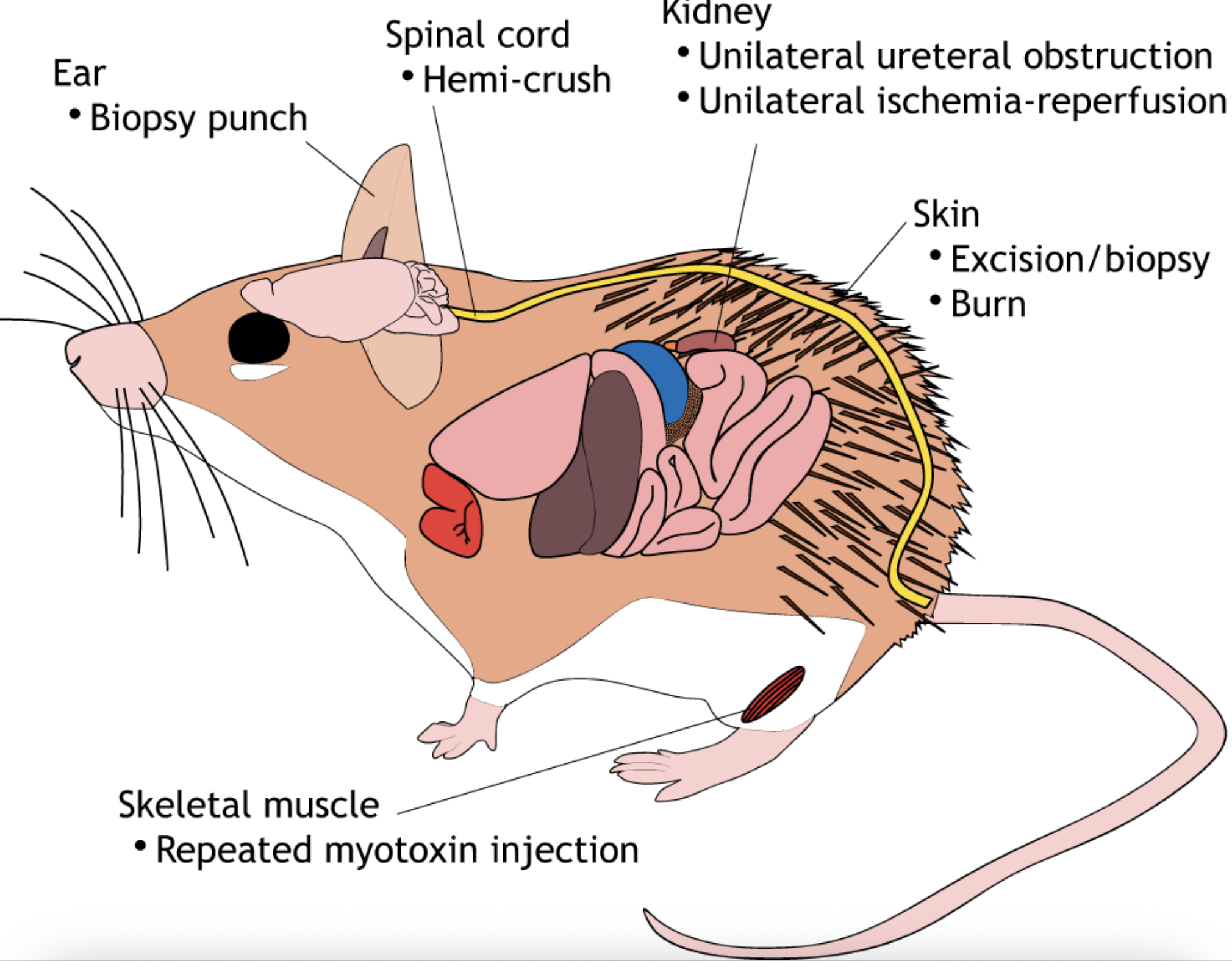
Basic Biomedical Research, Phenotypic Variability, and Animal Behavior
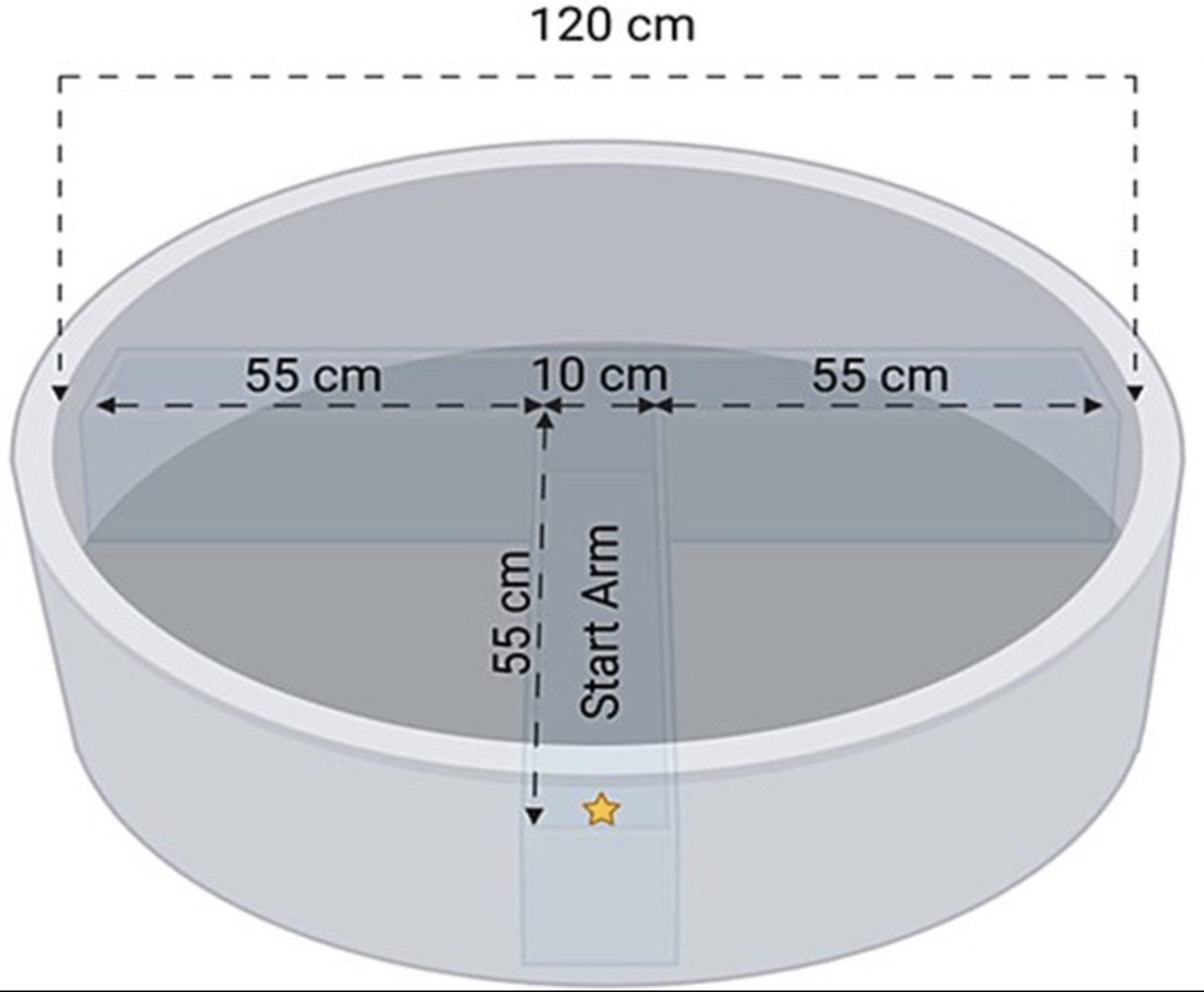
A bespoke water T-maze apparatus and protocol: An optimized, reliable, and repeatable method for screening learning, memory, and executive functioning in laboratory mice.
Bailoo, J.D., Bergeson, S.E., Ponomarev, I., Wilms, J.O., Kisby, B.R., Cornwall, G.A., MacDonald, C.C., Lawrence, J.J., Ganapathy, V., Sivaprakasam, S., Panthagani, P., Trasti, S., Varholick, J.A., Findlater, M., Deonarine, A. (2024). Frontiers in Behavioral Neuroscience, Learning and Memory, 18.
This work introduces a novel water T-maze that is less stressful, more efficient, and more reliable compared to the traditional Morris water maze.
PDF, DOI Link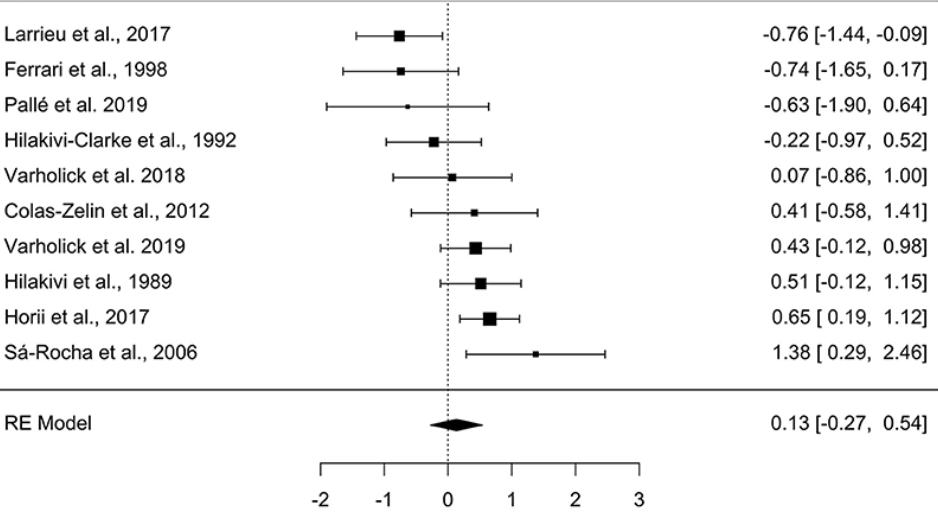
A systematic review and meta-analysis of the relationship between social dominance status and common behavioral phenotypes in male laboratory mice.
Varholick, J.A., Bailoo, J.D., *Jenkins, A., Voelkl, B., Würbel, H. (2021). Frontiers in Behavioral Neuroscience, Learning and Memory, 14(624036).
It is well known that lab mice establish dominance structures in their home-cage, this systematic review determined that methods of measuring dominance and stability are too heterogenous to conclude whether dominance is impacting common behavioral measures in neuroscience.
PDF, DOI Link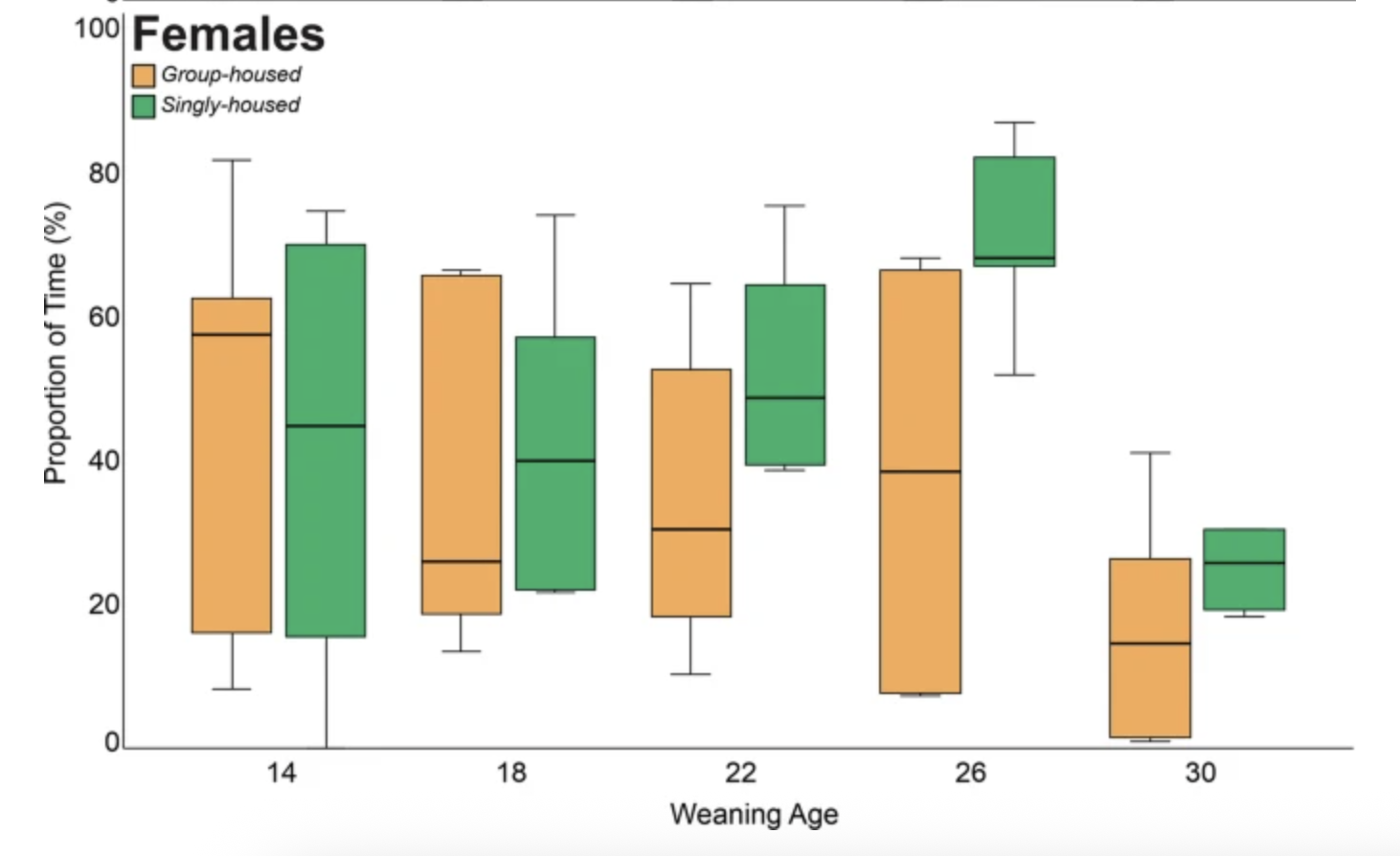
Effects of weaning age and housing conditions on phenotypic differences in mice.
Bailoo, J.D., Voelkl, B., Varholick, J.A., Novak, J., Eimear, M., Russo, M., Palme, R., Würbel, H. (2020). Scientific Reports, 10(11684).
The time of weaning and the type of housing (grouped vs single) varies across experiments. However, in the wild, mice naturally wean themselves. Unexpectedly, altering weaning time and housing type had minimal effects on a broad range of phenotypic measures and likely has little effect on reproducibility in mouse experiments.
PDF, DOI Link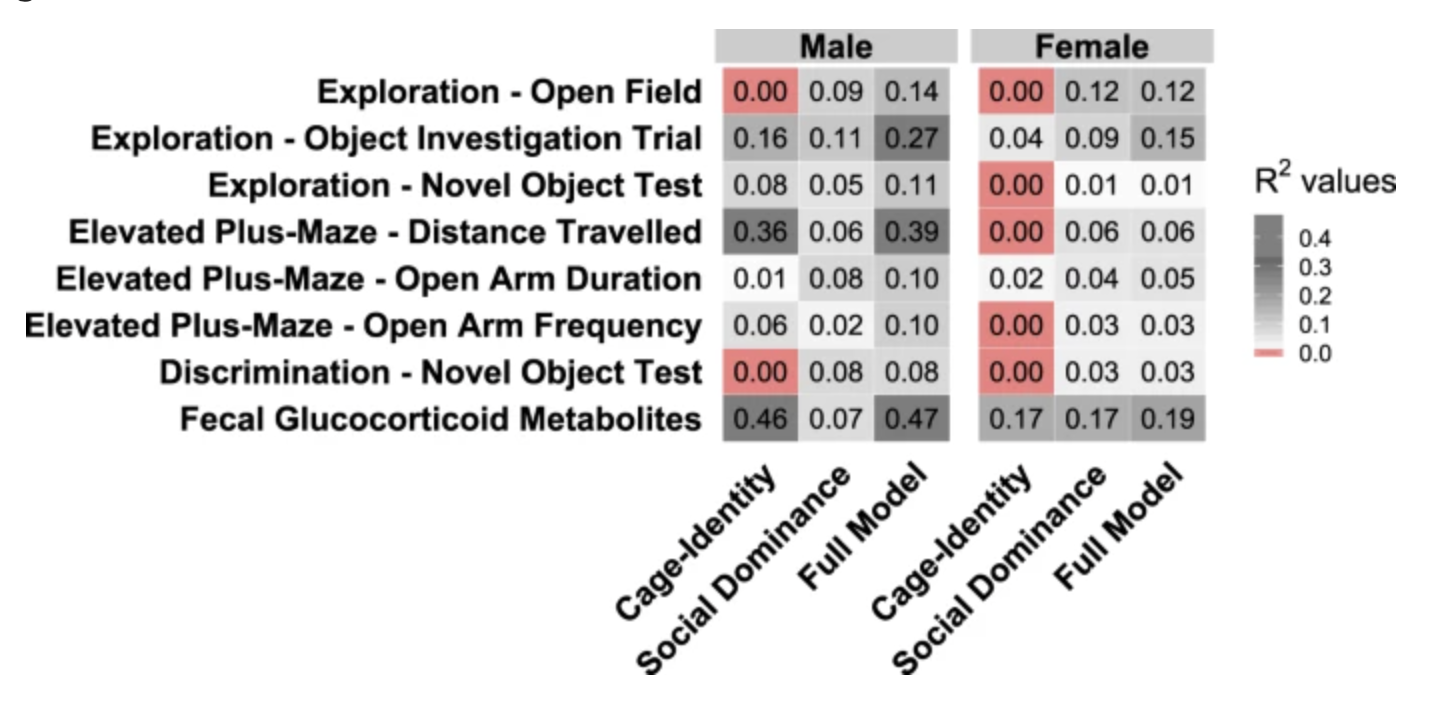
Social dominance hierarchy type and rank contribute to phenotypic variation within cages of laboratory mice.
Varholick, J.A., *Pontiggia, A., Murphy, E., *Daniele, V., Palme, R., Voelkl, B., Würbel, H., Bailoo, J.D. (2019). Scientific Reports, 9(13650).
The stability of dominance relationships and the position within, consistently accounts for random variation on a range of phenotypic measures.
PDF, DOI Link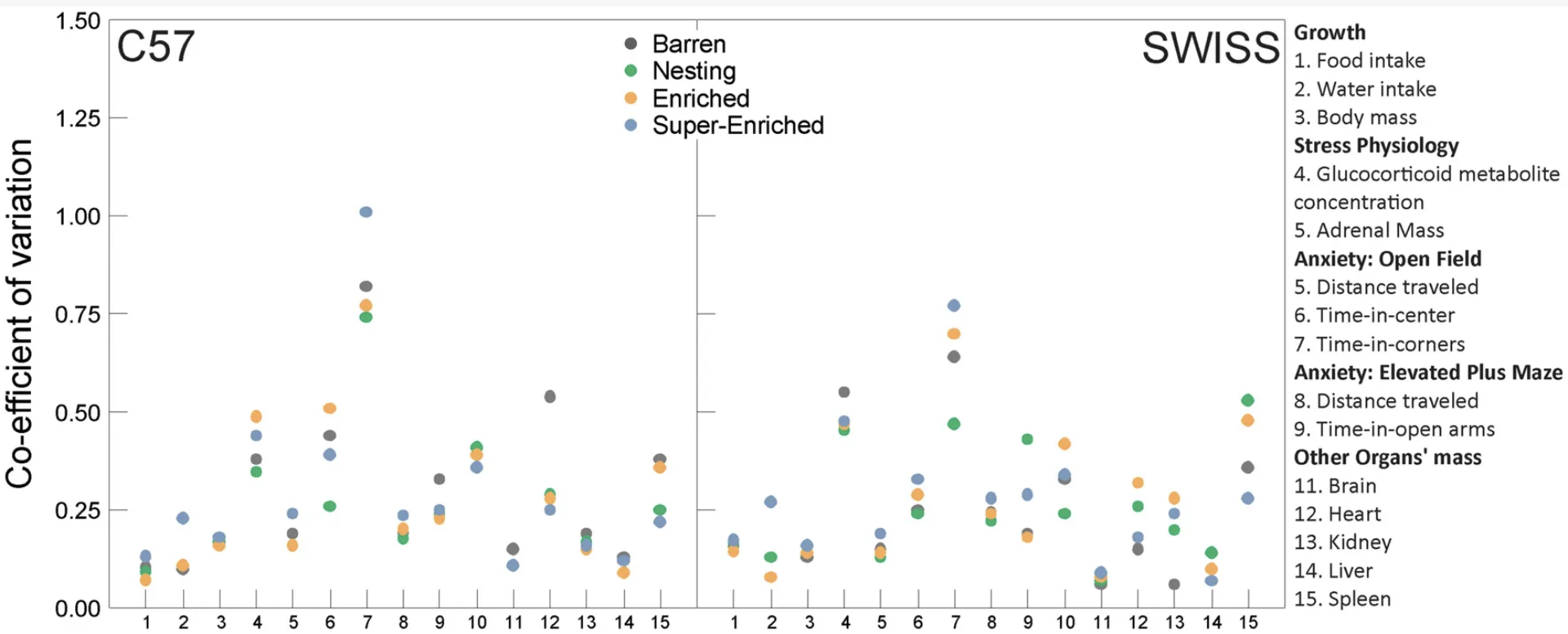
Effects of cage enrichment on behavior, welfare and outcome variability in female mice.
Bailoo, J.D., Murphy, E., Boada-Sana, M., Varholick, J.A., Hintze, S., Baussiere, C., Hahn, K.C., Gopfert, C., Palme, R., Voelkl, B., Würbel, H. (2018). Frontiers in Behavioral Neuroscience, 12, p 232.
Environmental enrichment is thought to increase phenotypic variation within studies, here we provide evidence that variability in enriched animals was similar to those housed in barren conditions. Moreover, enriched conditions reduced stereotypic behavior.
PDF, DOI Link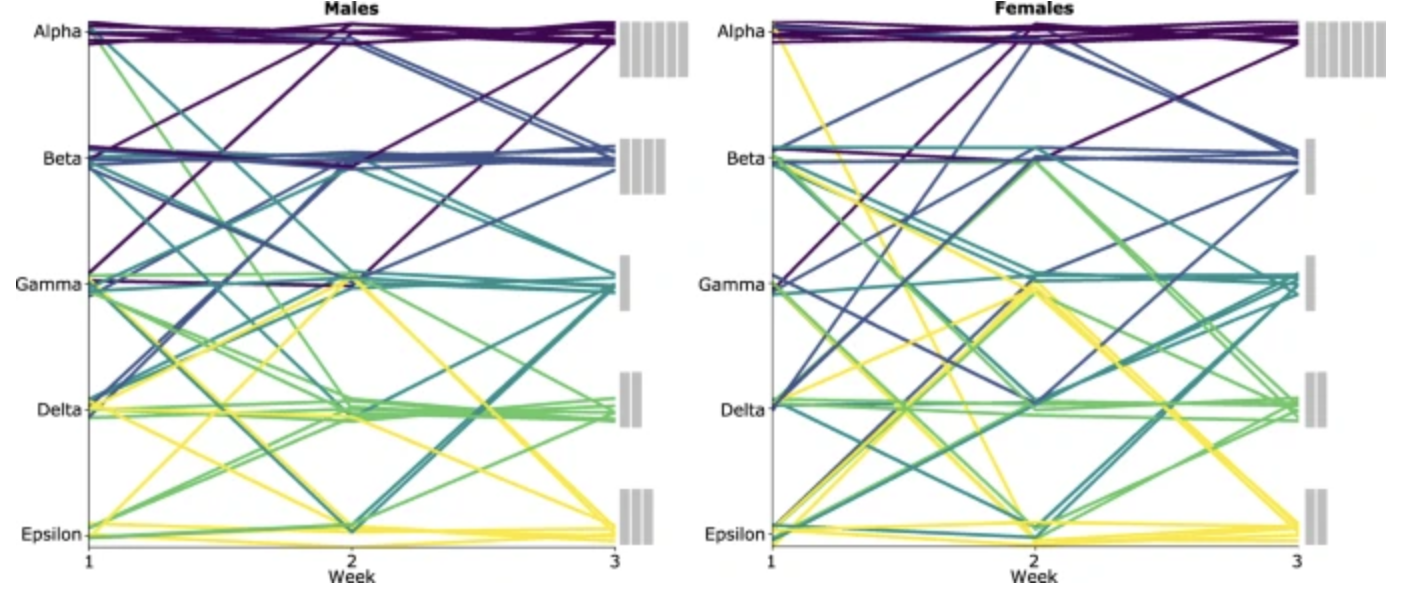
Phenotypic variability between social dominance ranks in laboratory mice.
Varholick, J.A., Bailoo, J.D., Palme, R., Würbel, H. (2018). Scientific Reports, 8(6593).
While it is generally thought that mice have stable dominance relationships in their home-cage, we found that dominance was more dynamic and has little effect on a range of phenotypic measures.
PDF, DOI Link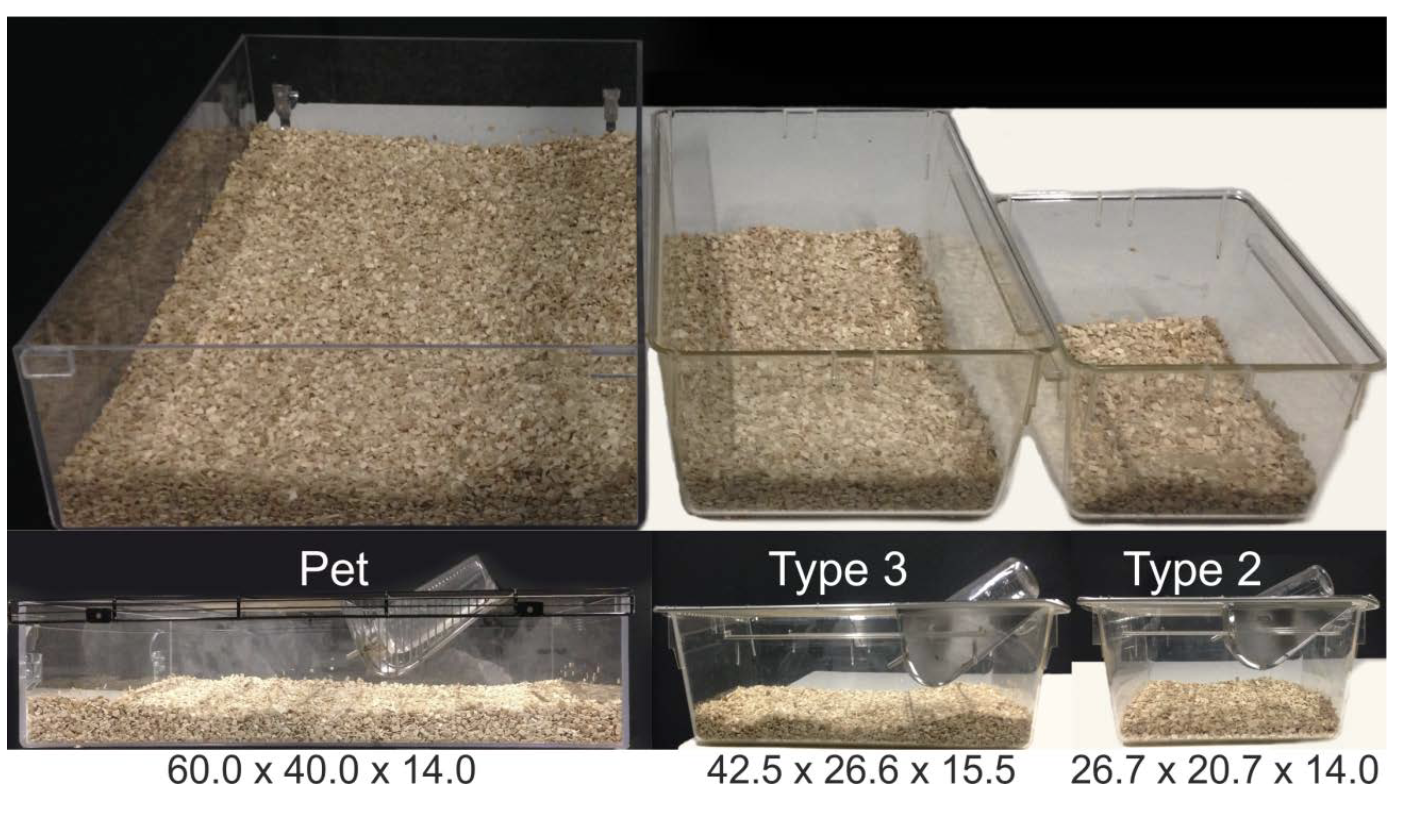
Evaluation of space allowance on measures of animal welfare and outcome variation in laboratory mice.
Bailoo, J.D., Murphy, E., Varholick, J.A., Novak, J., Palme, R., Voelkl, B., Würbel, H. (2018). Scientific Reports, 8(713).
Despite discussion of larger cage size and variability in group size affecting results, we found no such effects. Thus, studies should consider group housing mice in larger cages. Albeit large groups can become problematic for fighting in males.
PDF, DOI LinkPreprints and Book Chapters
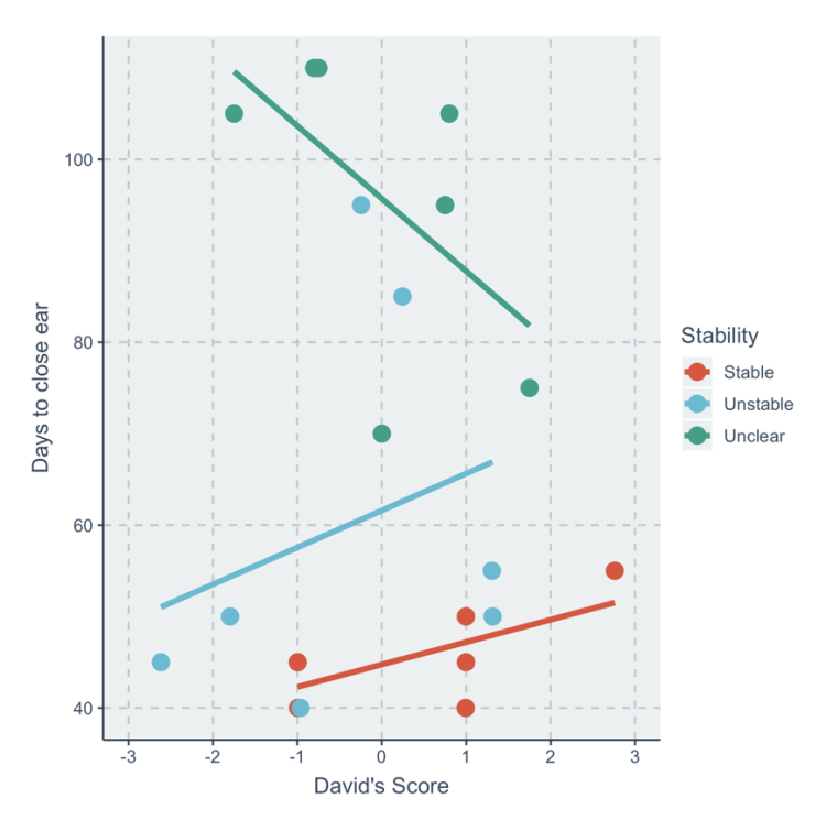
Social dominance status and social stability in spiny mice (Acomys cahirinus) and its relation to ear-hole regeneration and glucocorticoids.
Varholick, J.A., *Godinez, G., *Jenkins, A., *Mobin, S., Romeo, R.D., Corll, J., Barbazuk, W., Maden, M. (2022). Preprint on Biorxiv.
This is an earlier version of our dominance research on spiny mice that wasn't sufficient for publication due to constraints with low numbers of animals. It serves as a preliminary data for follow-up studies.
PDF, DOI Link